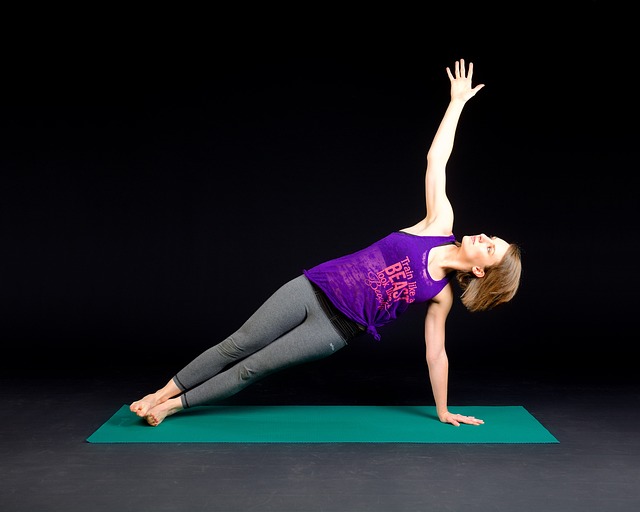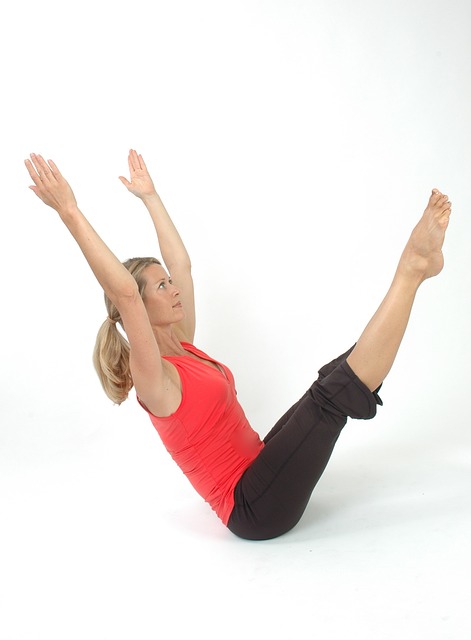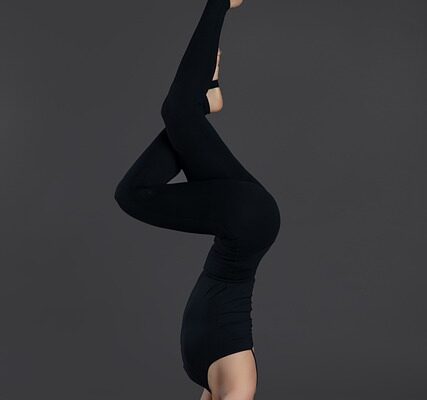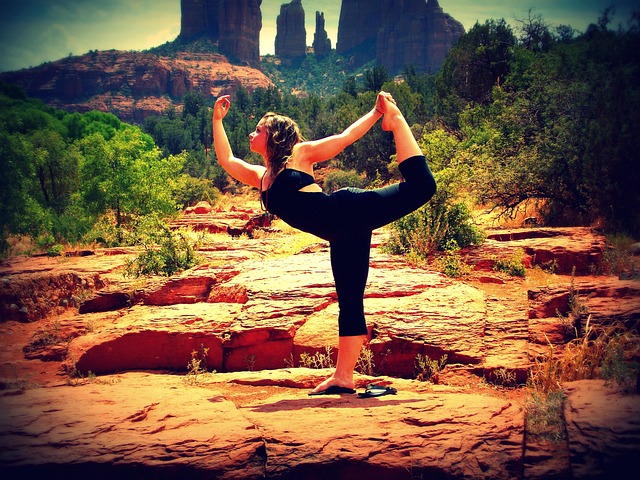The core, which is made up of muscles that control the pelvis and spine, plays a role in balance and movement. Strengthening core training is an essential aspect of any workout routine.
When it comes to fitness routines, it’s easy to get trapped in a rut. Some people prefer cardio (and only cardio). Others enjoy leg day. Some people prefer to work on their upper body.
However, there is one muscle group that allows all of the others to be stronger—the core.
Hodges and Richardson originated the notion of core stability in the 1990s while researching trunk muscles in persons with chronic low back pain, and it has since become a mainstay in rehabilitation and training. This article will discuss why core strength is so important, as well as various exercises you can take to improve your personal core strength.
Why Is a Strong Core Important?
The “core” consists of the lumbar vertebrae, pelvis, hip joints, and the mechanisms that govern movement throughout the body. The core muscles consist of transverse abdominis, multifidus, diaphragm, and pelvic floor muscles. They work together to keep the spine stable.
Targeting the abdominal muscles that connect to the spine, pelvis, and shoulders assists with posture and forms the foundation of all arm and leg motions when strengthening the core. The core may be the “center” of the body, but it is involved in many of its motions.
If your core isn’t strong, you can easily lose your balance which can increase the risk of falling, especially as you get older. Core strength training helps the body maintain balance and coordination, lowering the chance of falling.
A strong core is also essential for physical exercise. Core training has been shown in studies to boost strength by an average of 30% and balance and functional performance by 23% in older persons.
The Advantages of Core Strengthening
A strong core is necessary for proper posture, balance, and stability. Core strength workouts can help boost lumbar spine stability, which accounts for the improvement in balance. Core strength is also important for changing positions when sitting, standing, or walking.
To help with trunk stability during exercise, all four core muscles, which are transverse abdominis, multifidus, diaphragm, and pelvic floor muscles, must be strong.
A strong core can improve athletic performance in physically active people. Core strength helps balance and posture during movements requiring landing and contact, such as jumping, jogging, or tennis.
People who have back issues are frequently recommended physiotherapy exercises that emphasize core strength. This is because core muscles protect the spine from excessive stress, aid in body stabilization, aid in injury recovery, and alleviate persistent lower back discomfort.
Aside from being utilized to treat back discomfort and injury, research shows that strong core muscles aid in preventing sports injuries.
Five Ways to Build Core Strength
There are dozens of exercises that will help you strengthen the transverse abdominis, multifidus, diaphragm, and pelvic floor muscles. To get you started, here are five exercises.
Forearm Plank
Research indicates that this popular exercise targets the internal oblique muscles. This forearm plank is a little easier than a conventional plank with your arms straight up.
Here is how:
- Lie on your stomach on a mat. Place your forearms on the mat, with your elbows just beneath your shoulders. Your arms should be parallel, and your hands should be pointing forward.
- Extend your legs behind you in a straight line, and curl your toes under, resting them on the mat.
- Maintain a straight lower back and squeeze your core when in the plank position. Hold your neck in a neutral position for 20 seconds. If you are unable to do so straight away, aim for 5 seconds and continue practicing.
Repeat 3-5 times more.
The Side Plank
The side plank, like the forearm plank, is beneficial for strengthening the oblique abdominal muscles.

Here is how:
- Lie on your left side on a mat, with your legs straight out and stacked one on top of the other.
- Lift your body slowly, bearing weight on your left forearm, elbow, and the side of your left foot. From your head to your ankles, your body should make a straight line.
- Place your right-hand perpendicular to your body in the air or bend your arm and place your hand on your hip once you’ve achieved balance. Hold for 20 seconds or for as long as you can.
Rep on the other side.
Bridge
This core-strengthening pose serves to improve your buttocks, thighs, and abdominal muscles by using your entire trunk. It also improves core strength and spine stability.
Here is how:
- Lie down on your back. Place your feet hip-width apart on the mat.
- Place your hand’s palms facing down by your sides.
- Raise your hips so that your knees are parallel to your shoulders. Only your hips and torso should be elevated; your head and shoulders should remain on the floor.
Hold for 20 seconds, then repeat 3-5 times more.
Crunch
There are numerous variations of this workout, which works your core and abdominal muscles. After you’ve mastered the basic crunch, attempt a bicycle crunch or a reverse crunch.
Here is how:
- Lie on your back and benet your knees to 90 degrees.
- Hands can be placed behind your head or across your chest.
- Lift your shoulders 1-2 inches off the floor while engaging your abdominal muscles. Consider placing an orange between your chin and chest to assist in maintaining your neck upright.
Hold for 5 seconds before releasing. Rep 15 to 20 times more.
V-Sit

Balance and expertise are required for this intermediate workout. It works the rectus abdominis, obliques, and hip flexors while also building core strength.
Here’s how:
- Place your feet on a mat or the floor. You will balance on your bum for this workout.
- Extend your legs in front of you at a 45-degree angle.
- Raise your legs and extend your arms forward until your fingertips extend past your knees.
- You should now be able to hold a V-shape with your head, torso, and legs for a few seconds. You should be able to hold it for extended periods of time with practice.
Repeat 4-5 times more.
To Conclude on Strengthening Your Core
There’s no denying that a strong core is essential for proper posture, balance, and stability. Core strength exercises such as crunches, planks, and bridges are the best approach to keeping your core strong.
If you’re new to core strength training, begin slowly by holding poses for a few seconds with fewer reps, gradually increasing strength and stamina.
Speak with a healthcare expert if you have an injury or any reservations about beginning a new habit.

